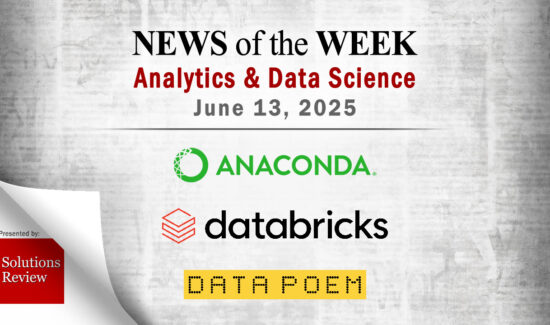Tableau Adds Dynamic Parameters and Viz Animations to Tableau 2020.1


Source: Tableau on YouTube
Tableau Software recently announced the release of Tableau 2020.1, the latest version of its flagship analytics platform. Enhancements featured in this release are driven by customer input from Tableau Community Forums. New capabilities are highlighted by Dynamic Parameters which eliminate the need to update workbooks when changes are made to the underlying data. There’s also new Viz Animations that give viewers the ability to understand transitions between data points.
One of four major players in enterprise BI and analytics, Tableau offers an expansive visual platform. Its analytic software portfolio is available through three main channels: Tableau Desktop, Tableau Server, and Tableau Online. Tableau connects to hundreds of data sources and is available on-prem or in the cloud. The vendor also offers embedded analytics capabilities, and users can visualize and share data with Tableau Public.
New Dynamic Parameters lets users set their workbooks to automatically adjust to their parameters based on the latest data. This ensures that the rest of the organization is viewing the most up-to-date and accurate data. Previously, parameters were static and required users to manually update their values.
Viz Animations allow creators to connect the dots behind their analysis. Animations serve as a visual cue, making it easier for people to follow along as they watch significant shifts unfold, with movement illustrating how data reacts to various changes. The capability follows along to spot when a specific mark becomes an outlier, or when there’s a sudden value spike or dip.
Tableau 2020.1 touts login-based license management that gives creators the ability to activate their Tableau Desktop or Prep product by logging in with their Tableau Server credentials. Tableau Catalog is also getting a suite of new connectors to include Google BigQuery, Google Sheets, and CloudFile. New Buffer Calculations allow customers to visualize a buffer around a point location to answer spatial locations with drag-and-drop.
In a media statement about Tableau 2020.1 release, the company’s Chief Product Officer Francois Ajenstat said: “This release brings some of our Community’s most-requested updates together, empowering our customers to make analytics more interactive and engaging and allowing them to focus on tasks that drive real value and transformation across their organizations.”
See all the new features included in Tableau 2020.1.






























